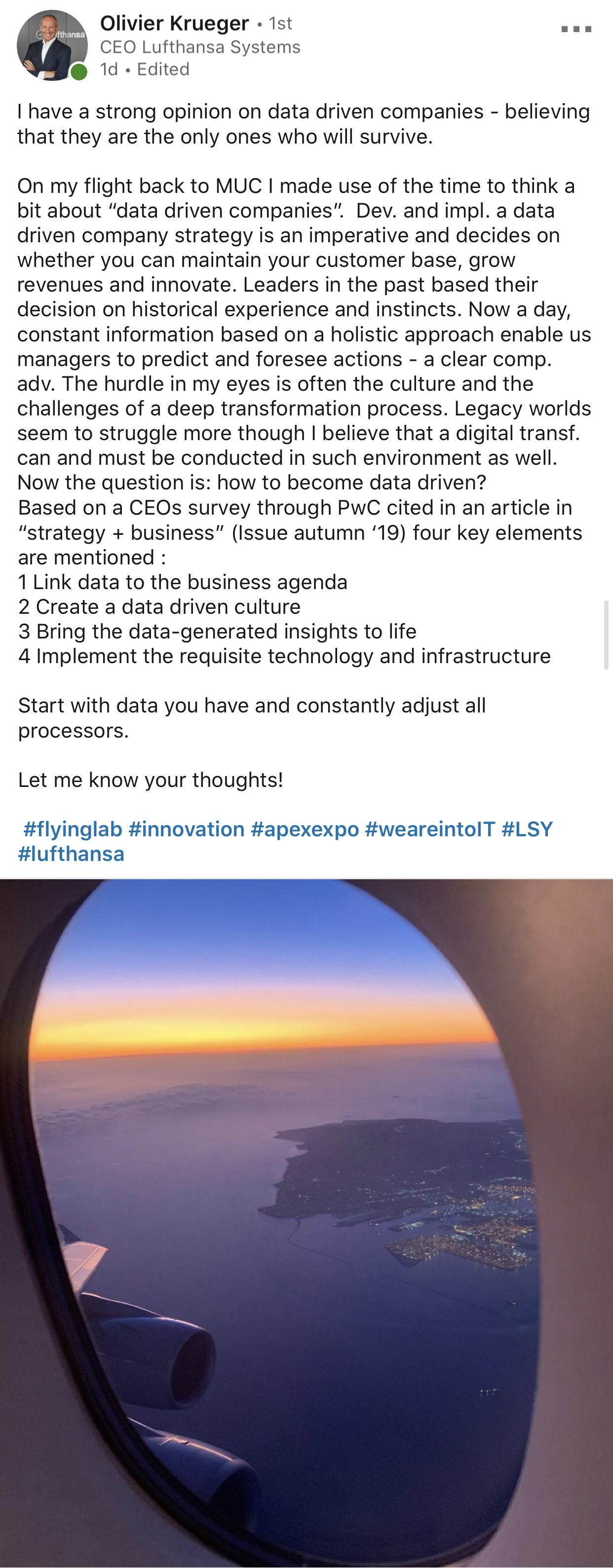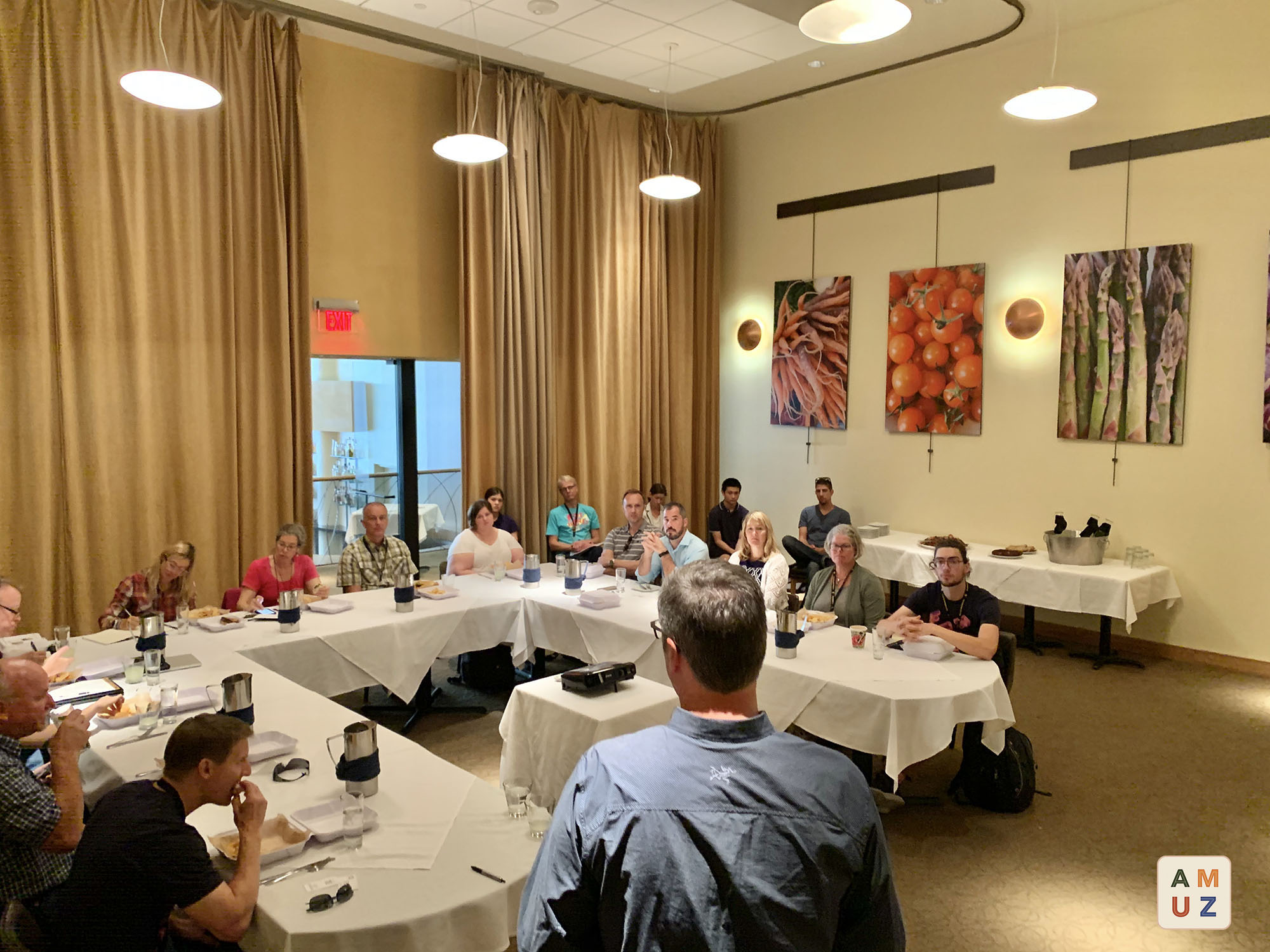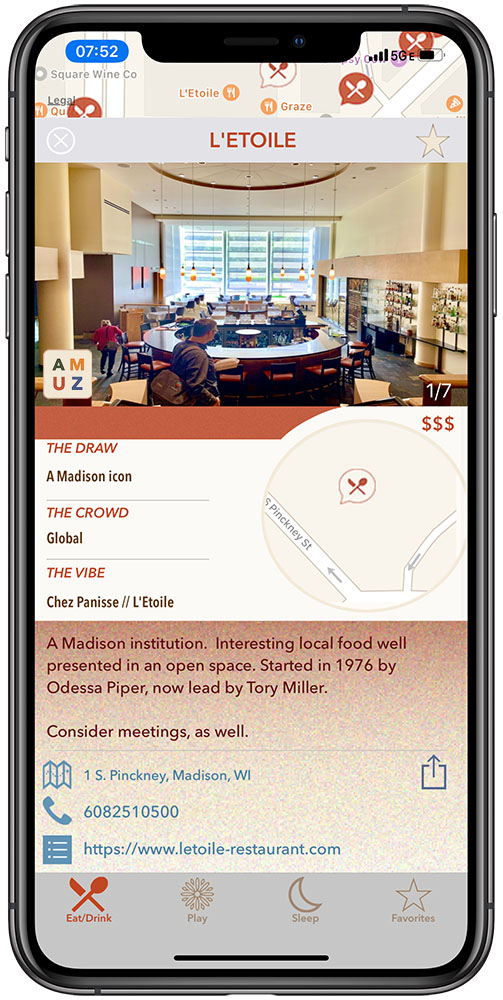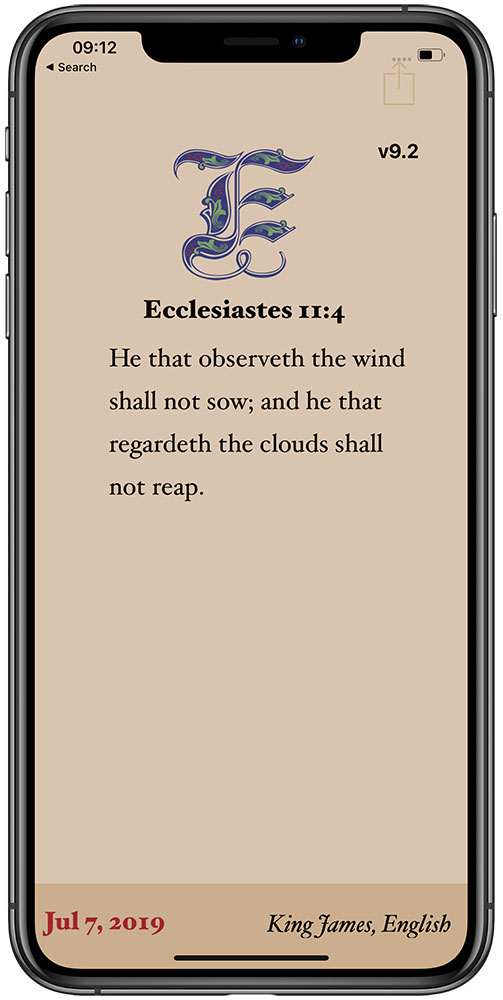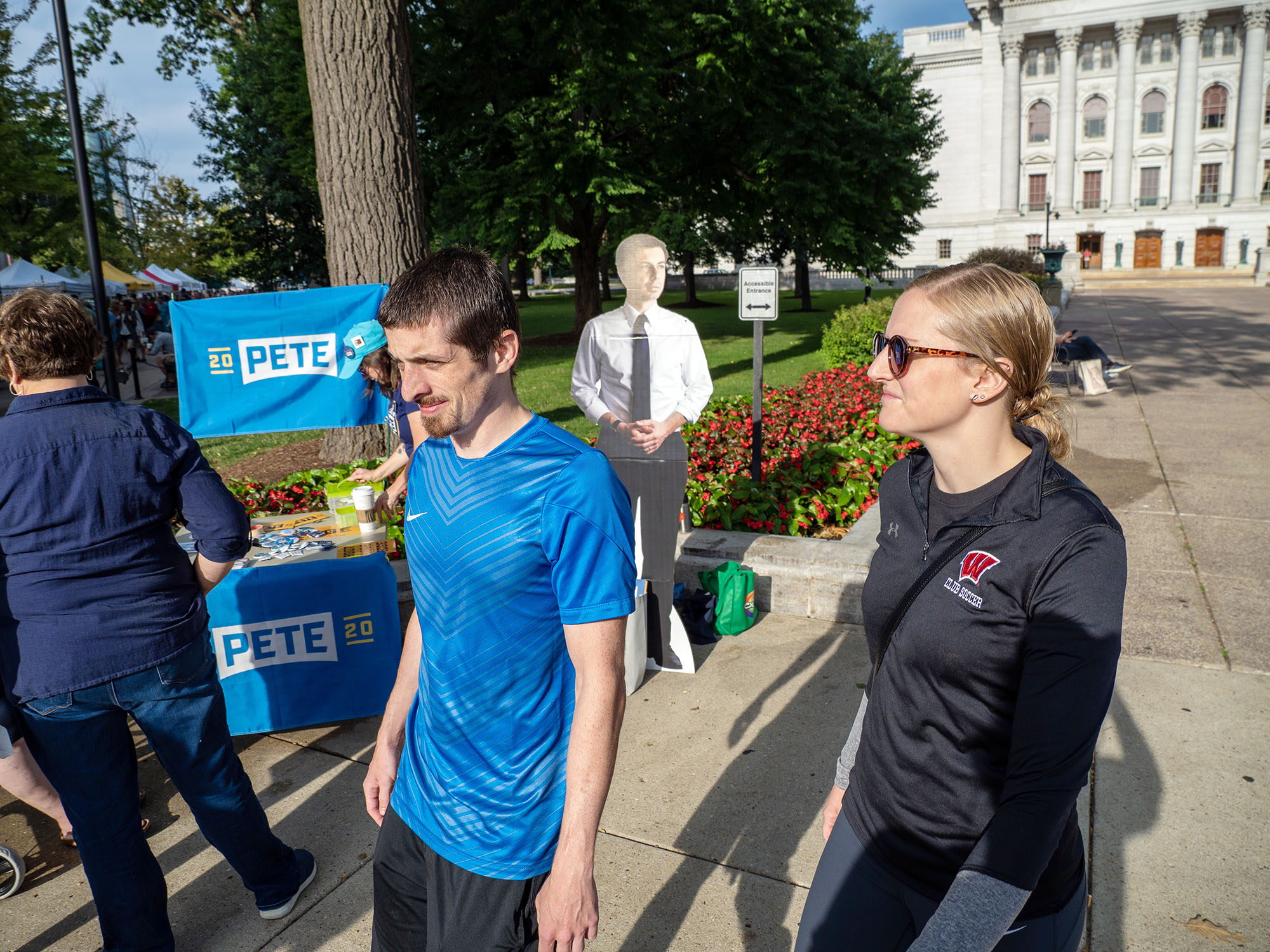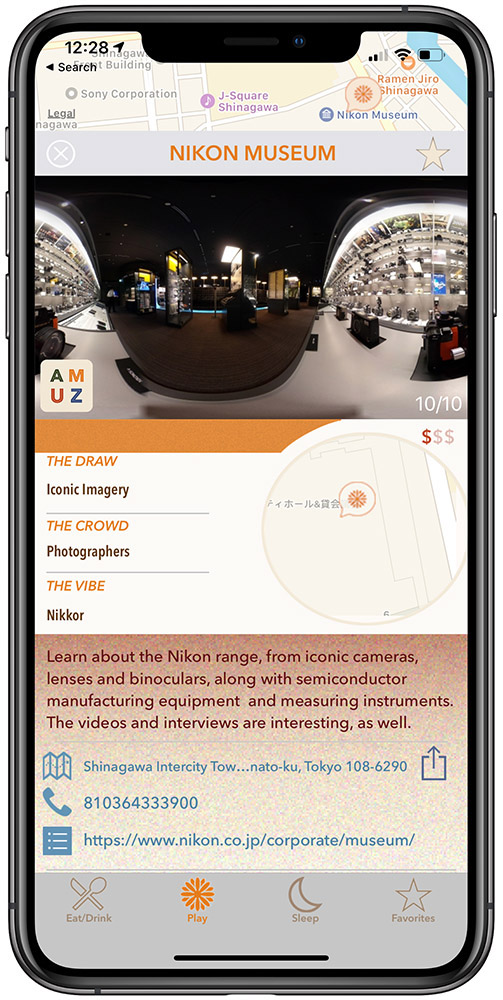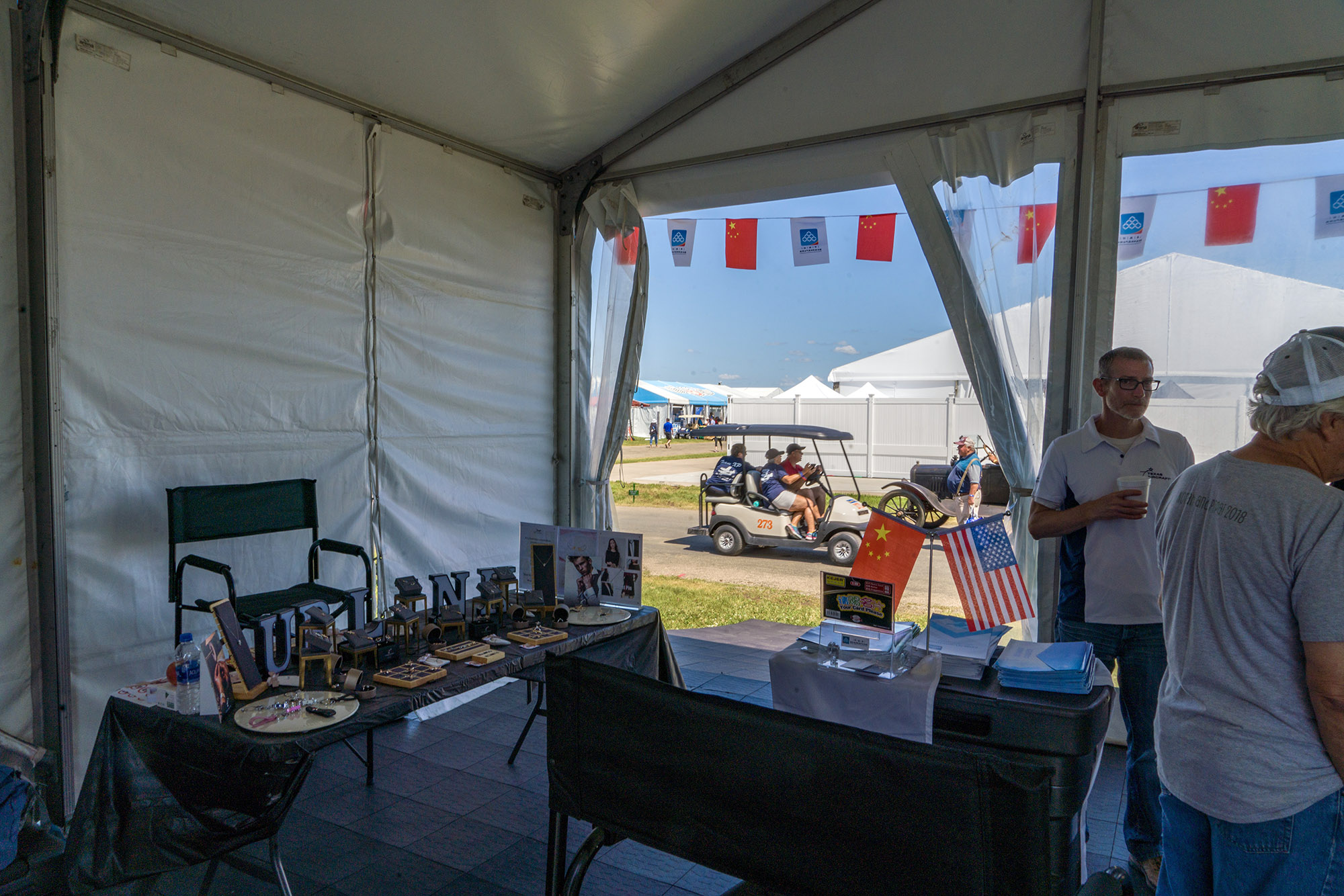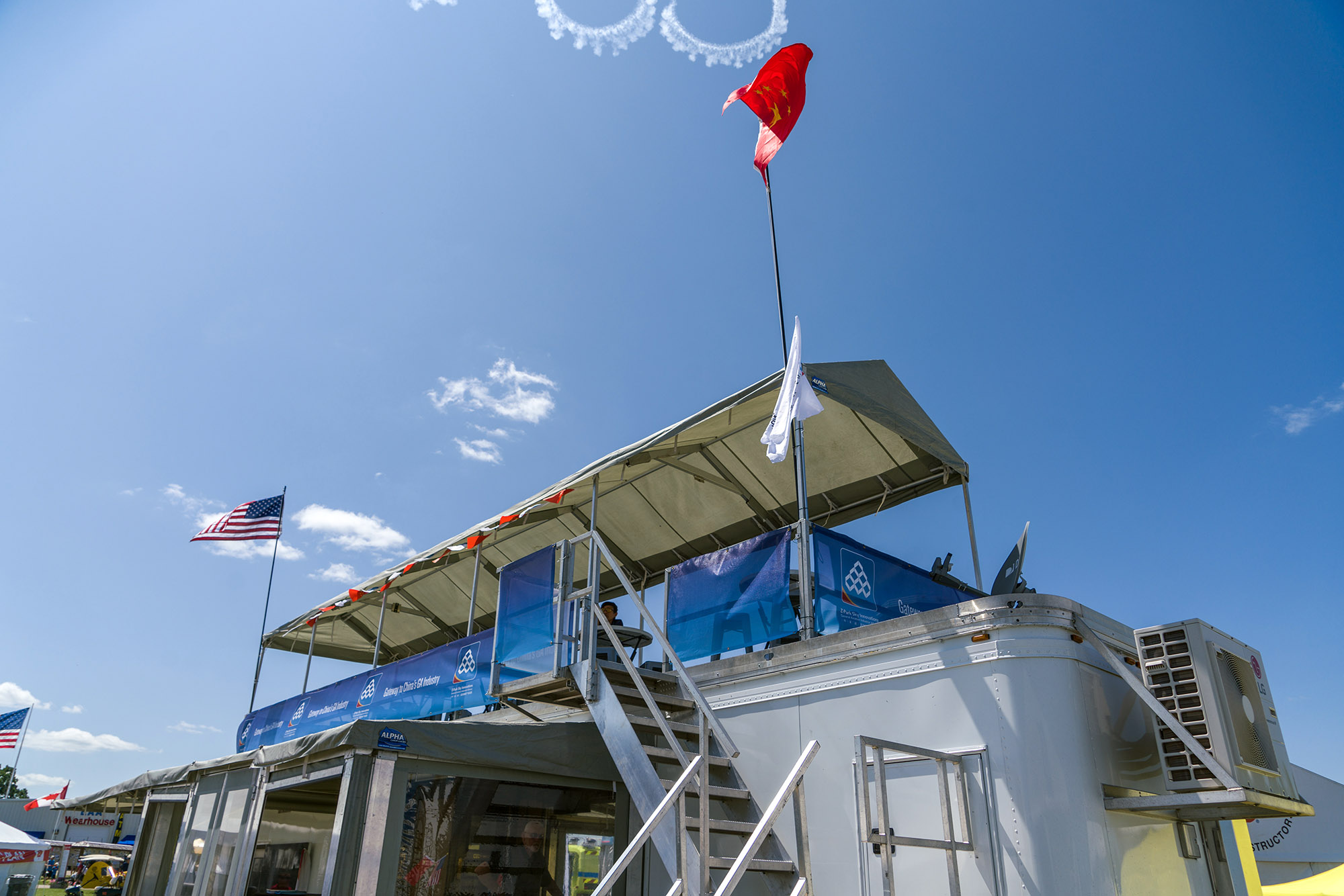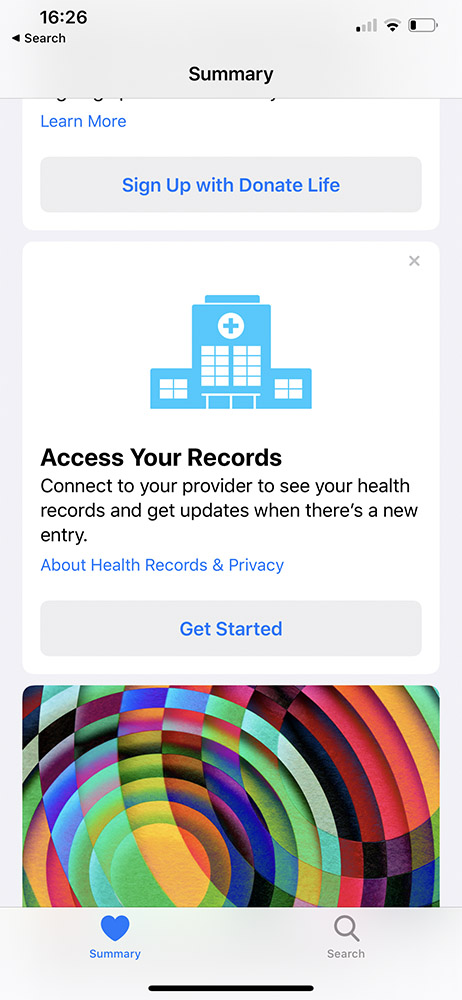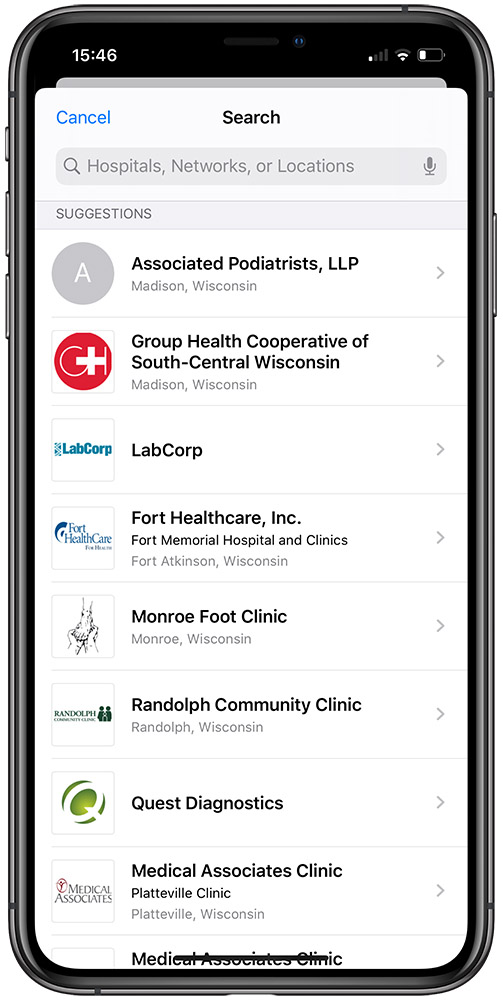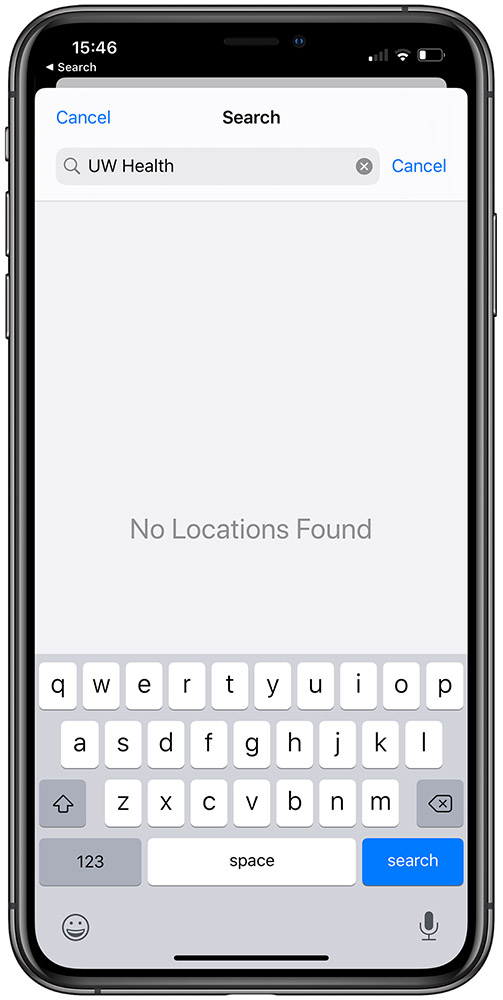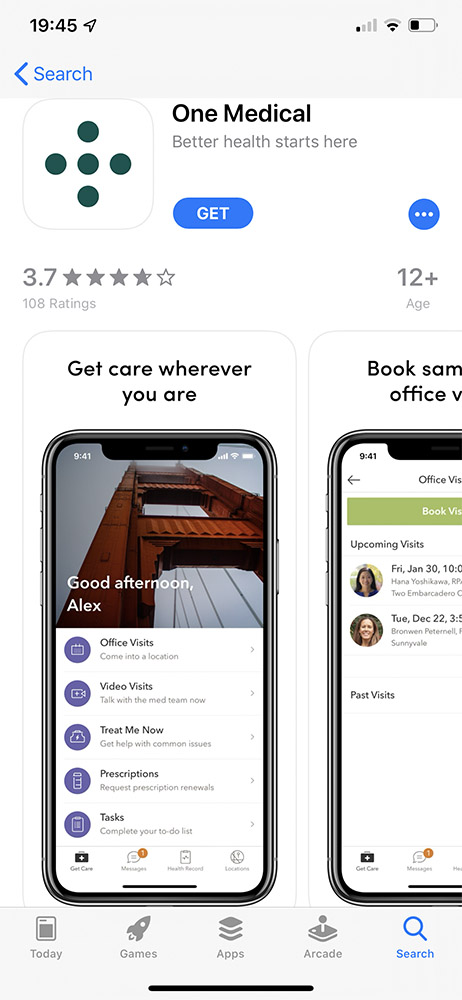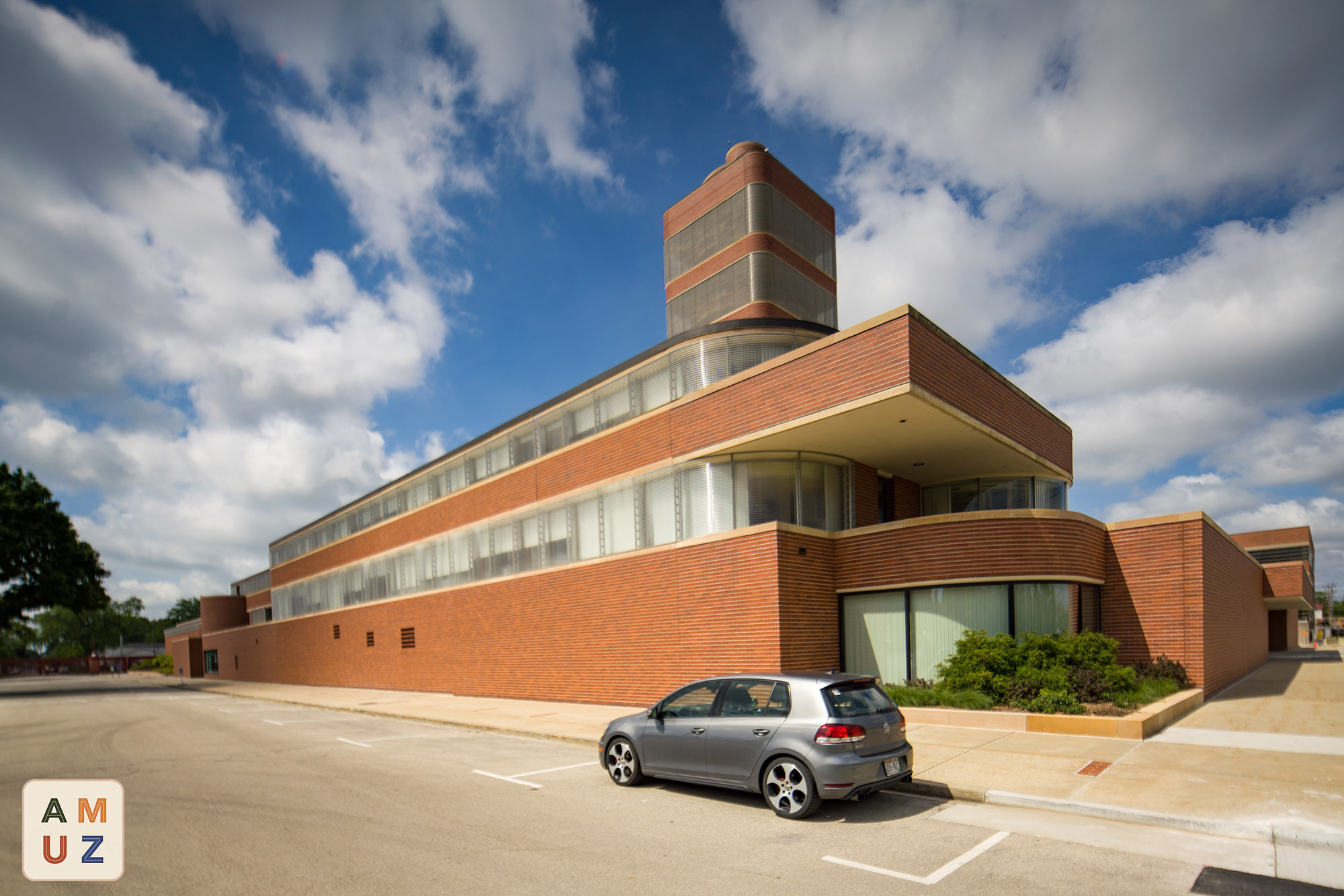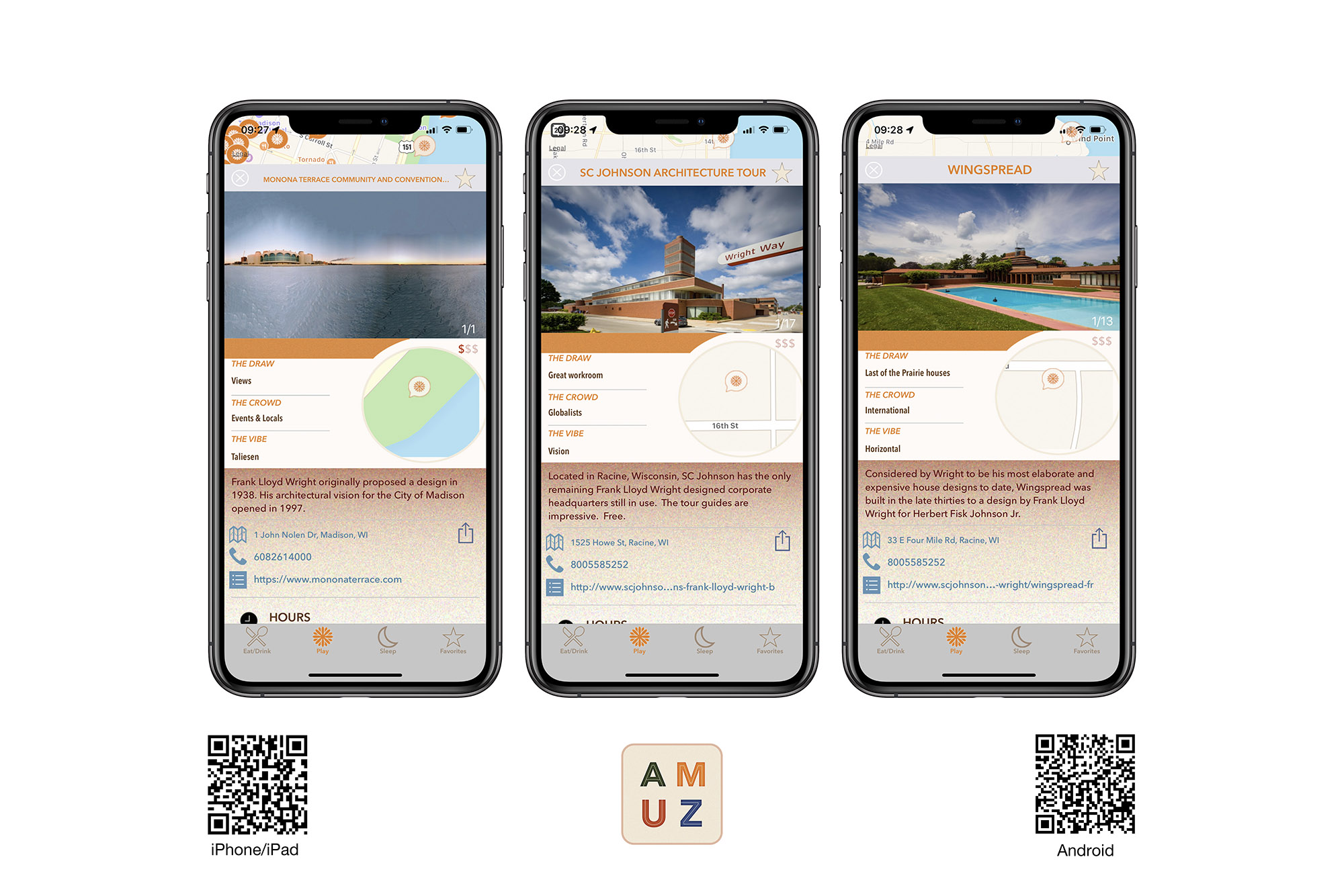Marc Andreessen and Jorge Conde podcast 25 minutes:
I don’t remember exactly probably a hundred (million) to Epic or something like that. And then I’d say 300 we went out for integration bids. And this is where I almost started crying. It was Perot systems, Ross Perot systems, which was the follow-up (to EDS). Ross Perot’s company, which is now owned by Dell.
And so yes, it’s a 400 million dollar project, Perot systems. I remember this was 2005. I think we started the Epic implementation and they were very excited. They’re starting the demo and I was very excited because I was like, wow, this is like a new house, probably to (garbled) be mobile.
This is when smartphones are starting to take off. This is mobile. And this sensor is like all this stuff that’s going to be great and it was like they were super excited because they had just moved to the Windows 95 UI. Right in 2005. It was like the big upgrade from Windows 3.1 and I was like, oh my God.
And so but you know, as you know, like is 20, which is 2019 and it’s still right. It’s obviously still it’s still the same thing, right? Yeah, we have an incredibly entertaining thing about epic is that they are so; you know out here it’s like out here there’s a big focus on software interoperability.
And so it’s like can one piece of software work with another this whole concept….. There’s entire companies now, they’re called API companies that build basically software building blocks you plug together, there’s open source and so out here, it’s just this constant process of everybody building on everybody else’s creativity and kind of the the whole thing rises except for epic which has an absolute prohibition on third-party integration.
(Epic) does not tolerate it. (They) will sue you if you attempt to integrate with it.
Taxpayers have spent nearly $40B (!) in backdoor electronic medical record subsidies since 2011. One of the goals of our extravagant taxpayer expenditures, part of the Obama era “stimulus”, was interoperability.
Airdrop trumps $40B emr subsidies.
Madison’s property tax base growth since 2011.

